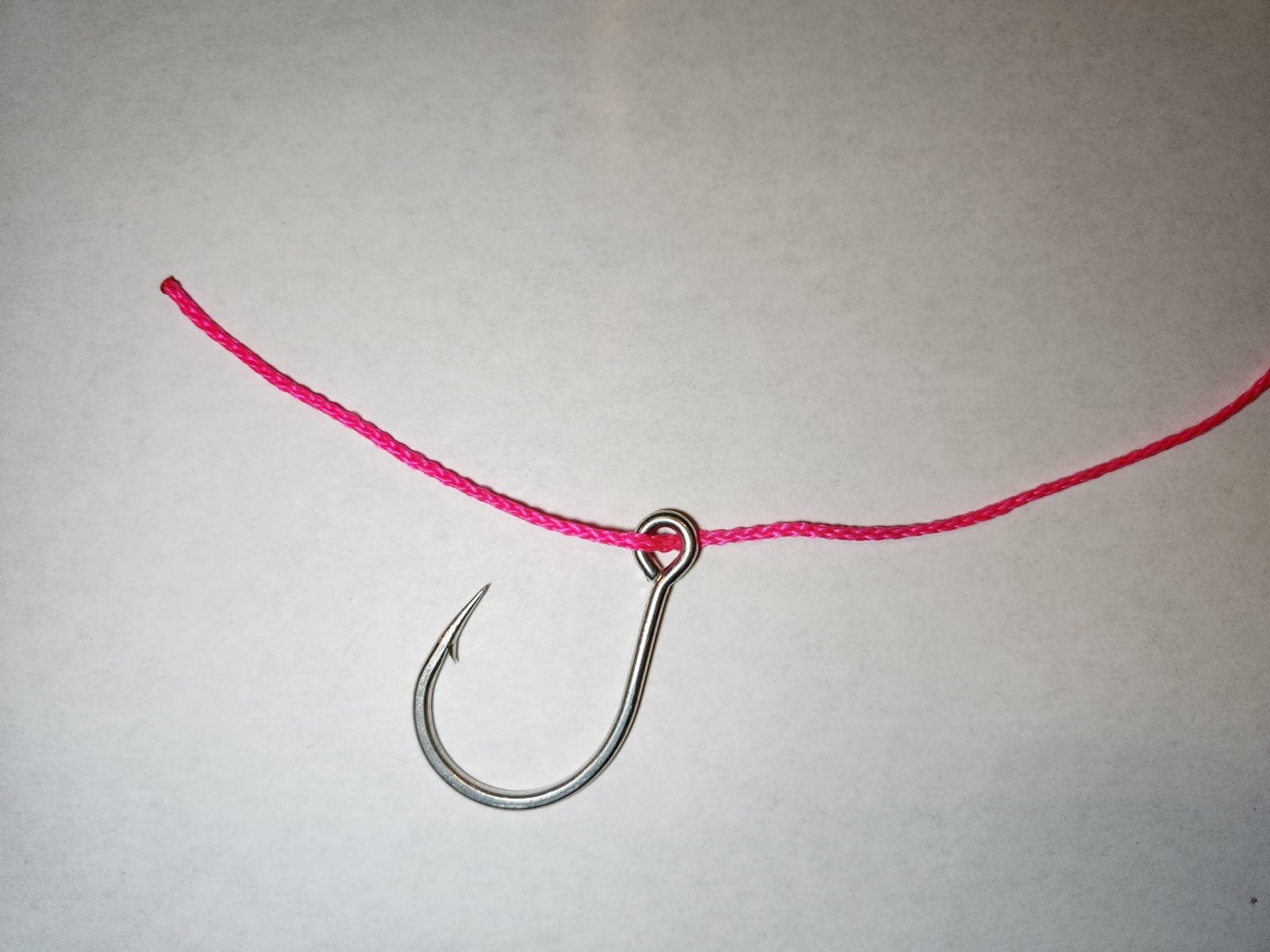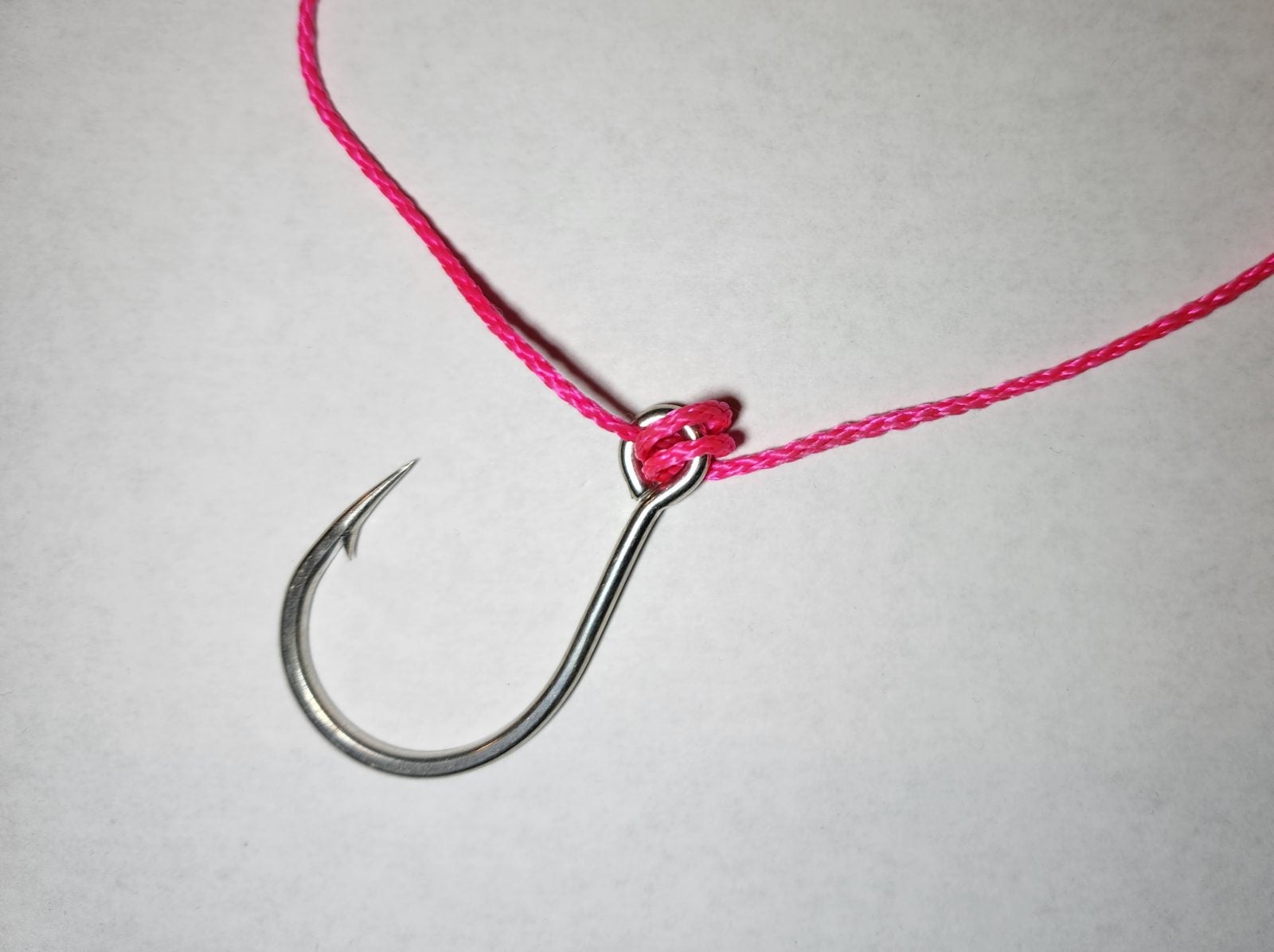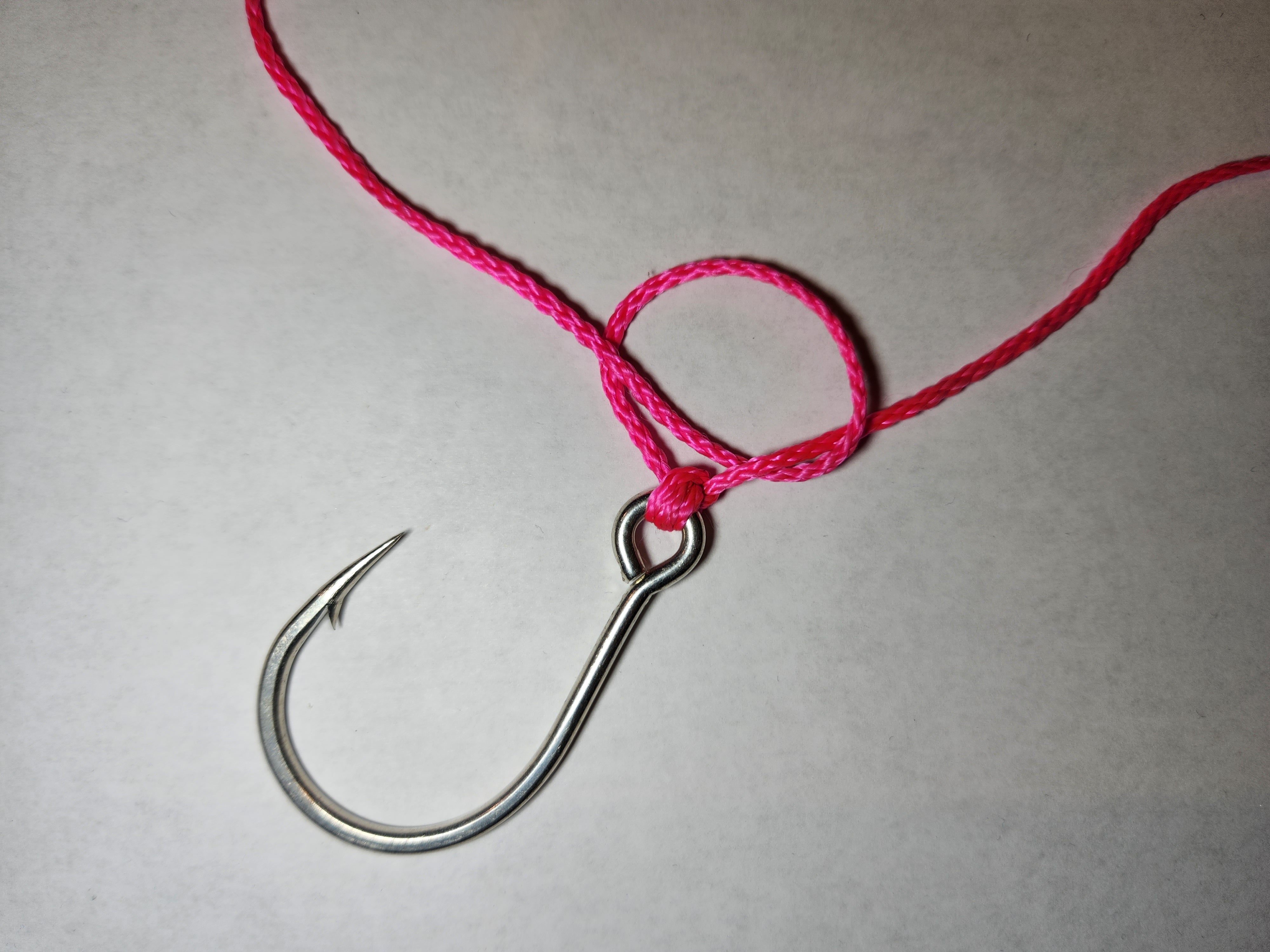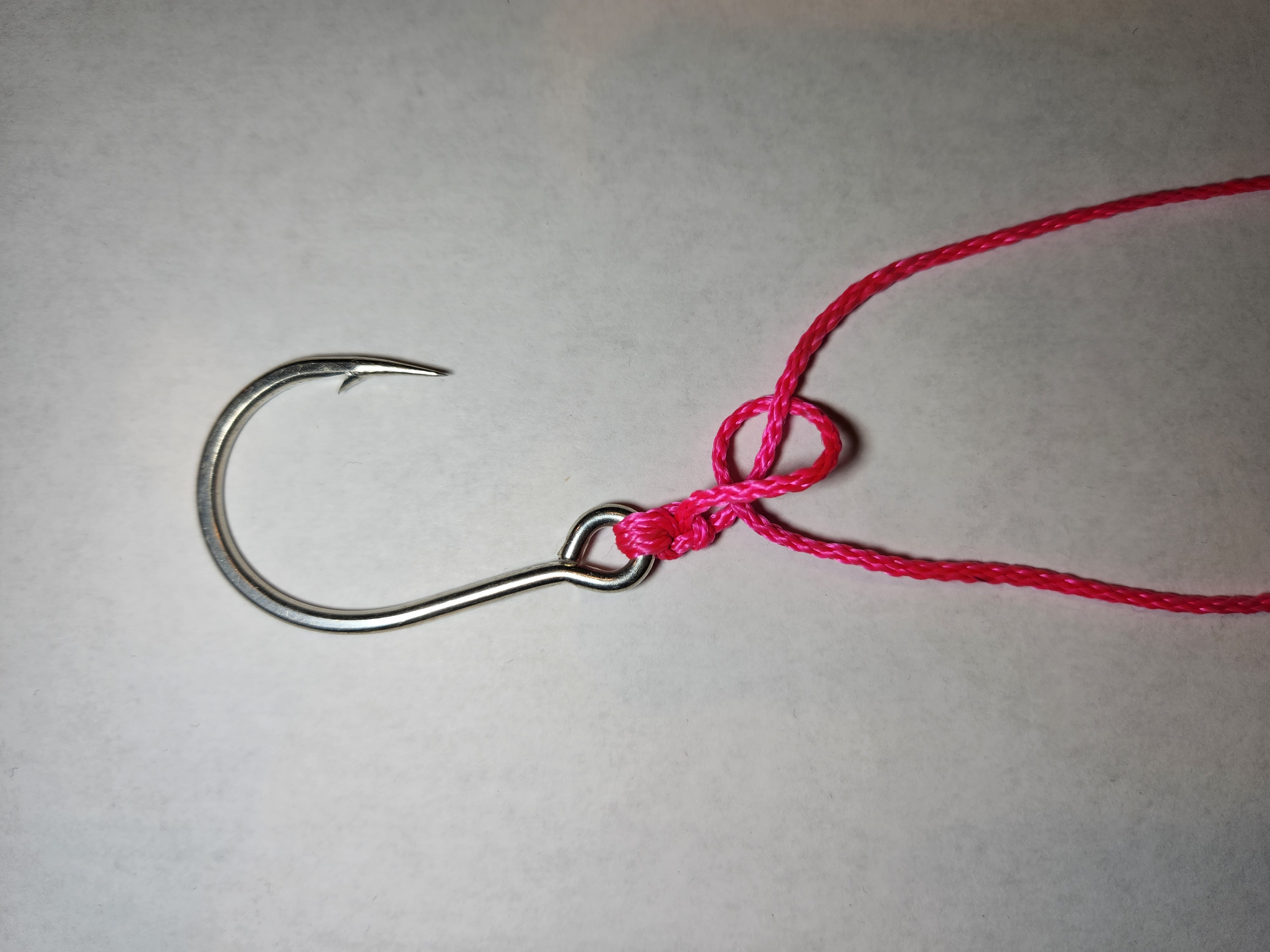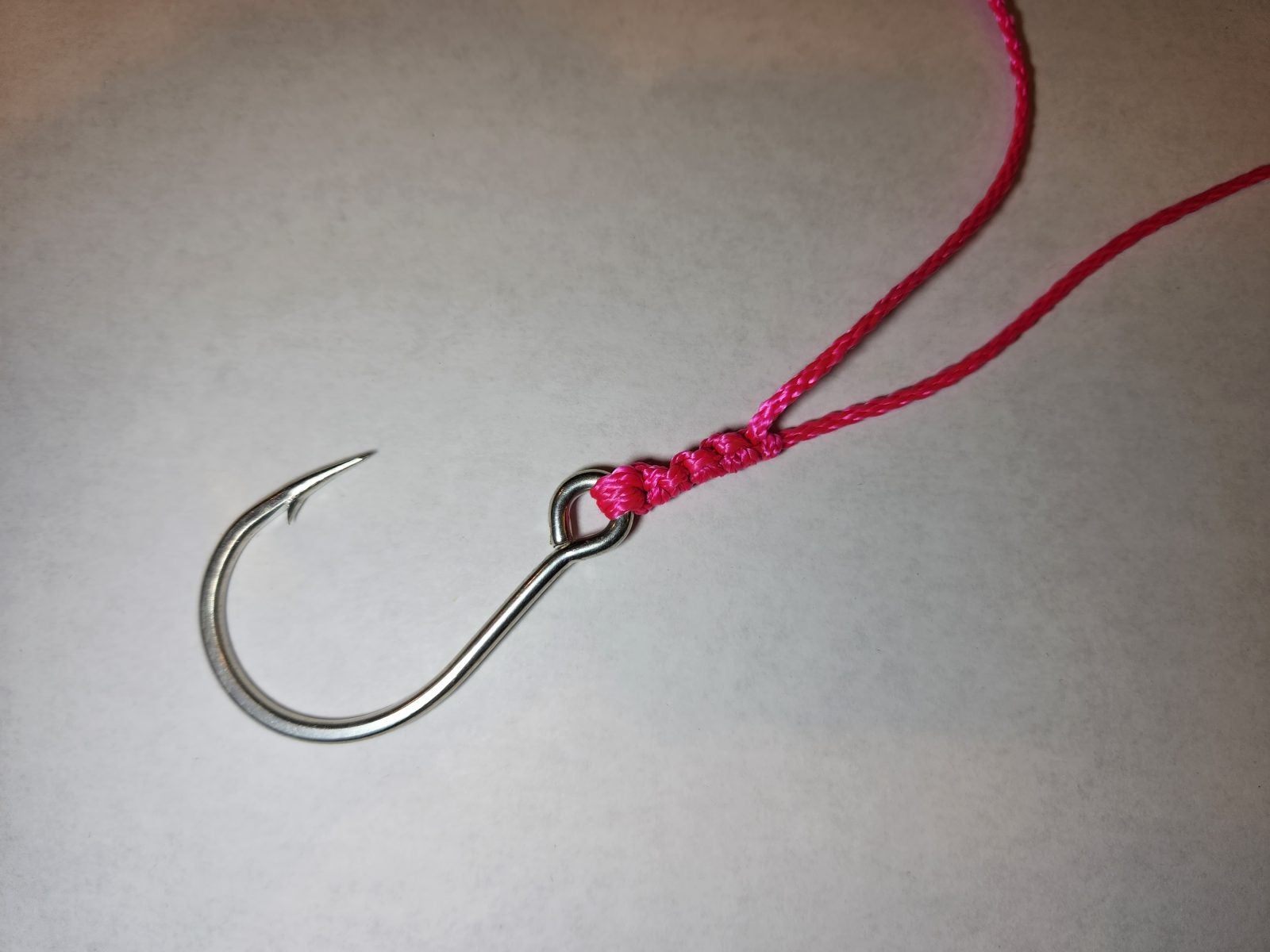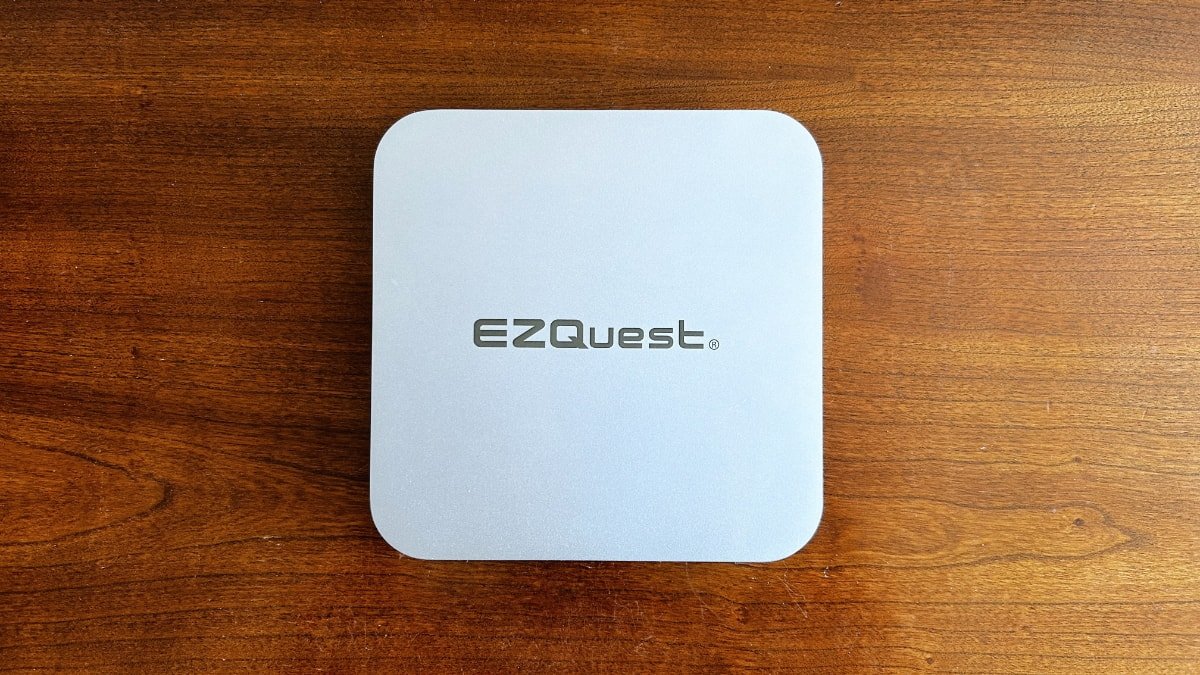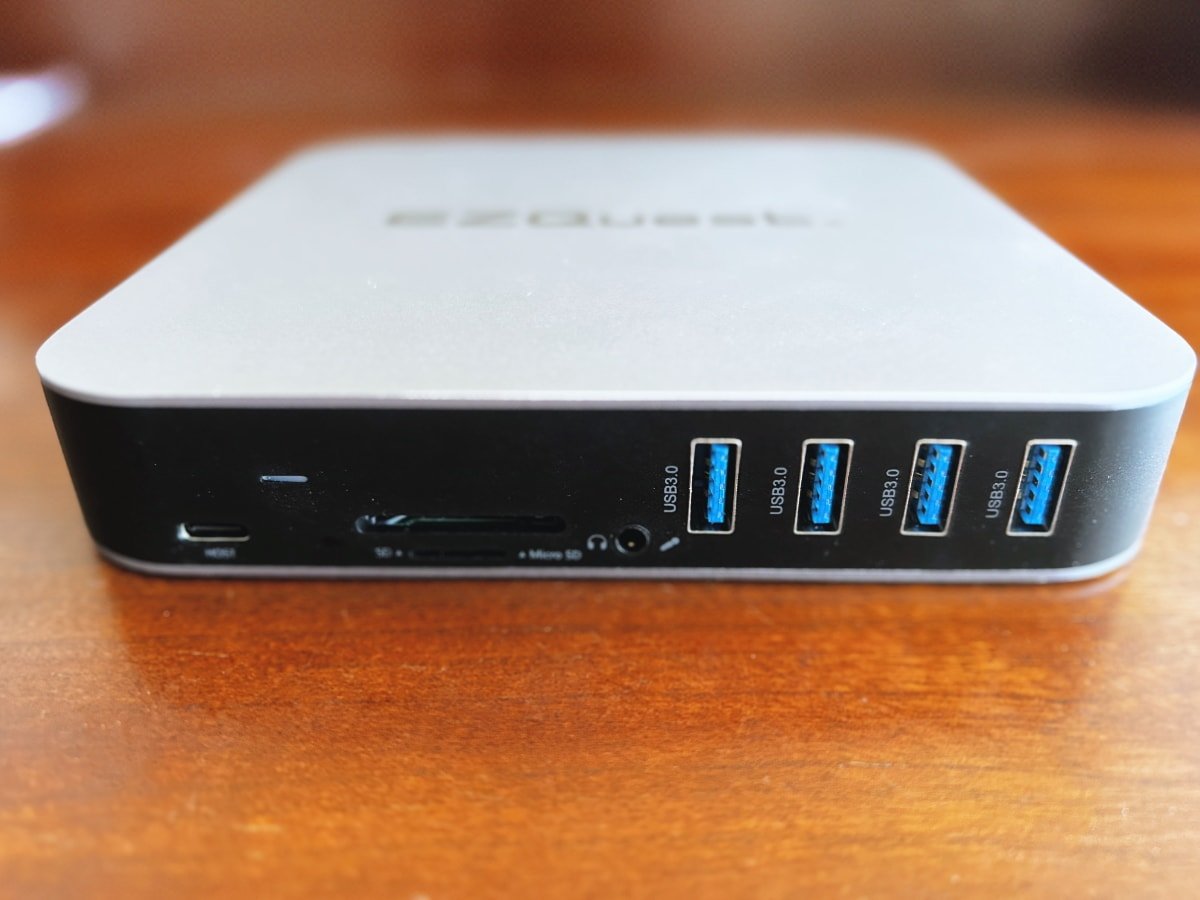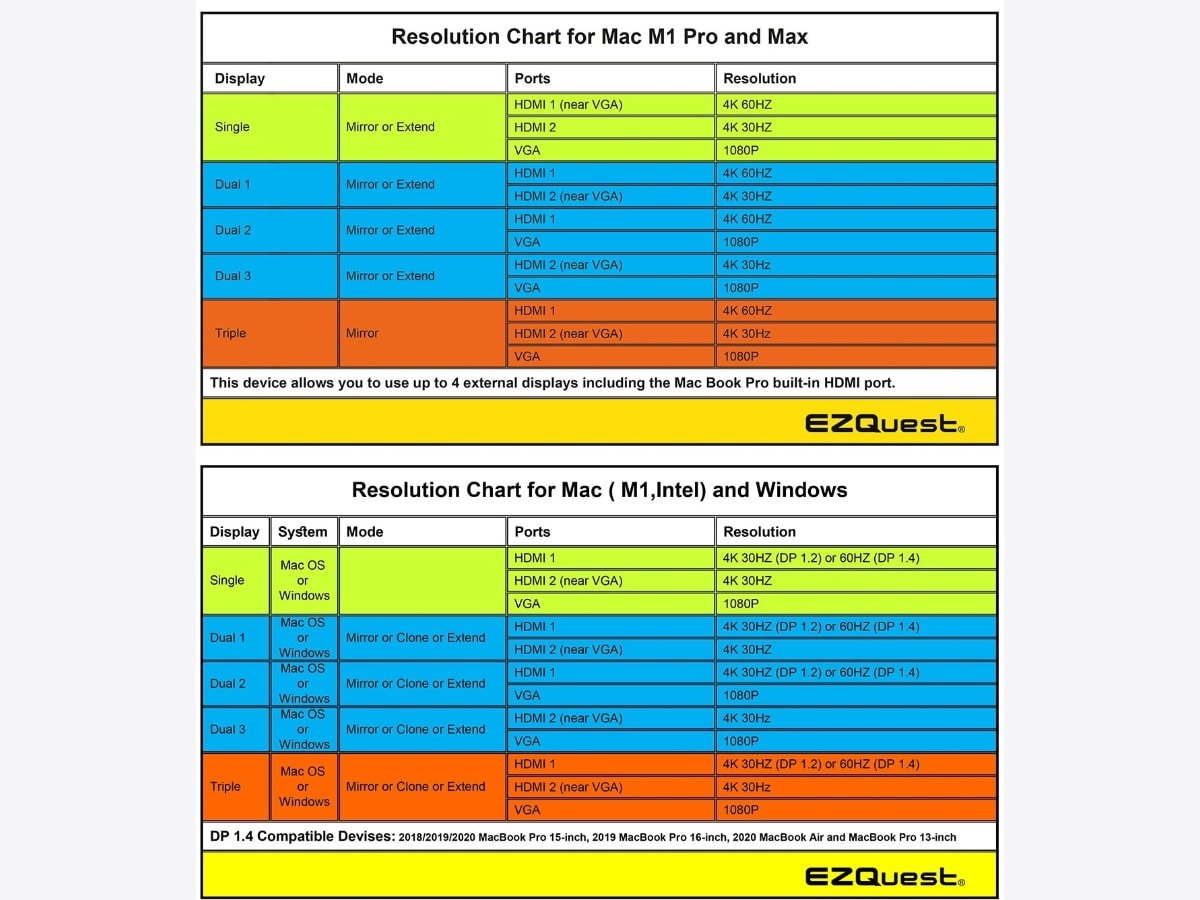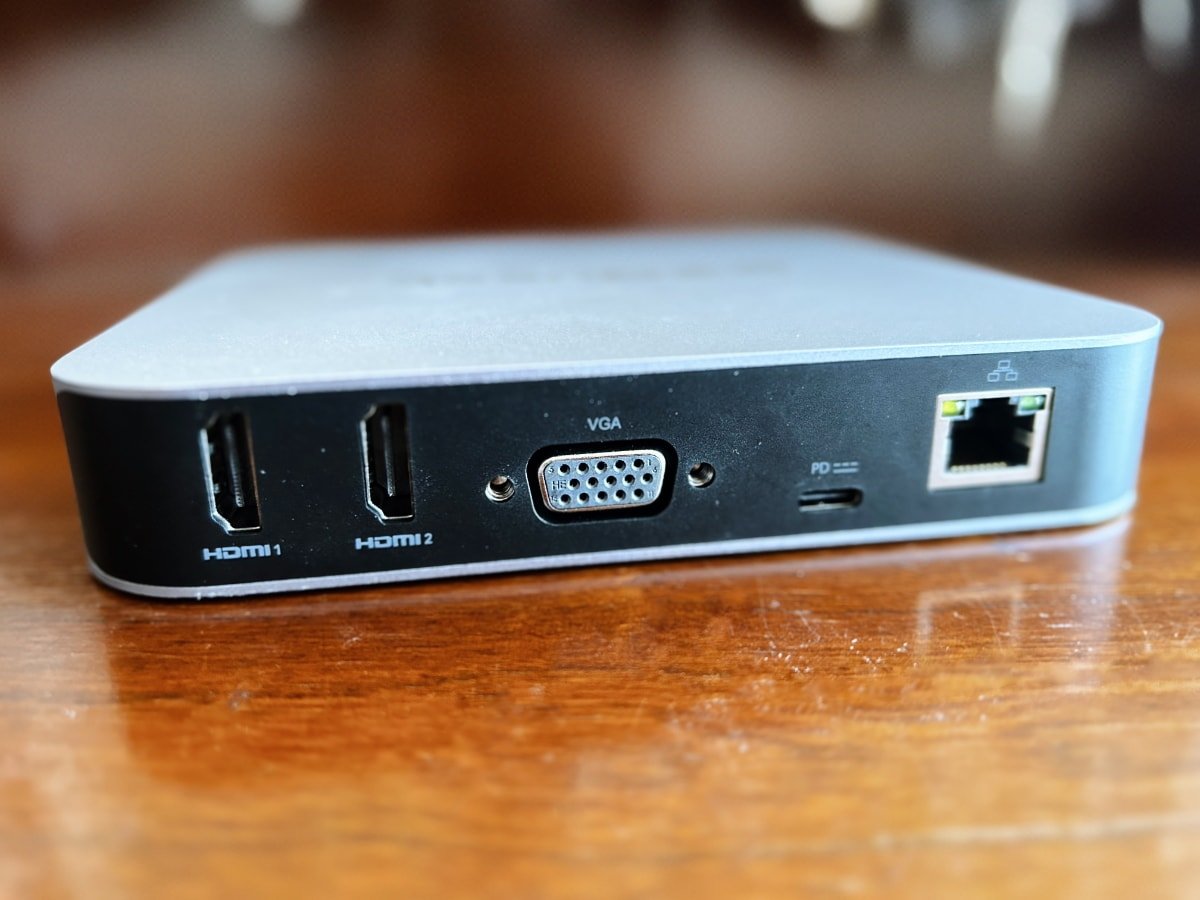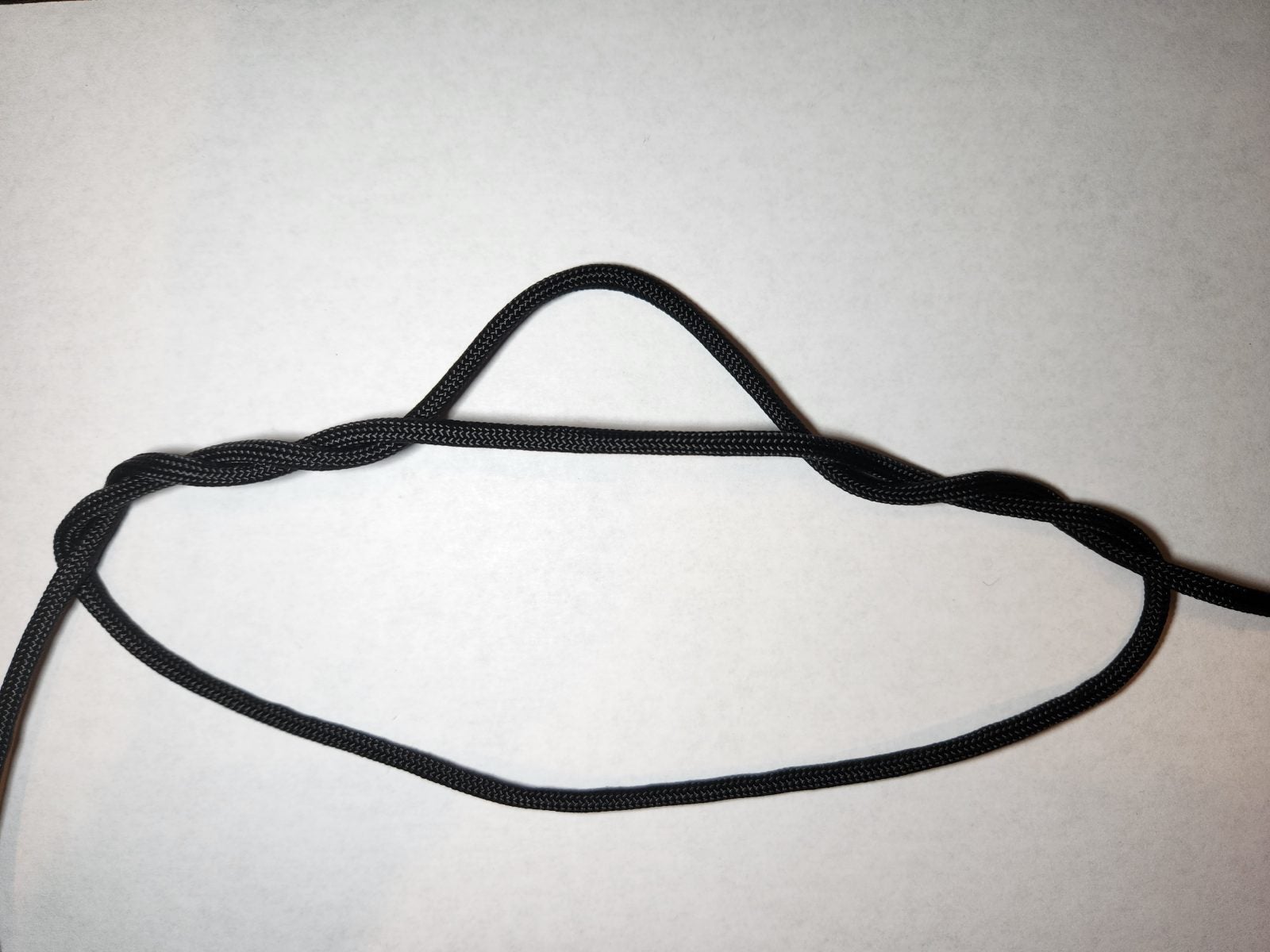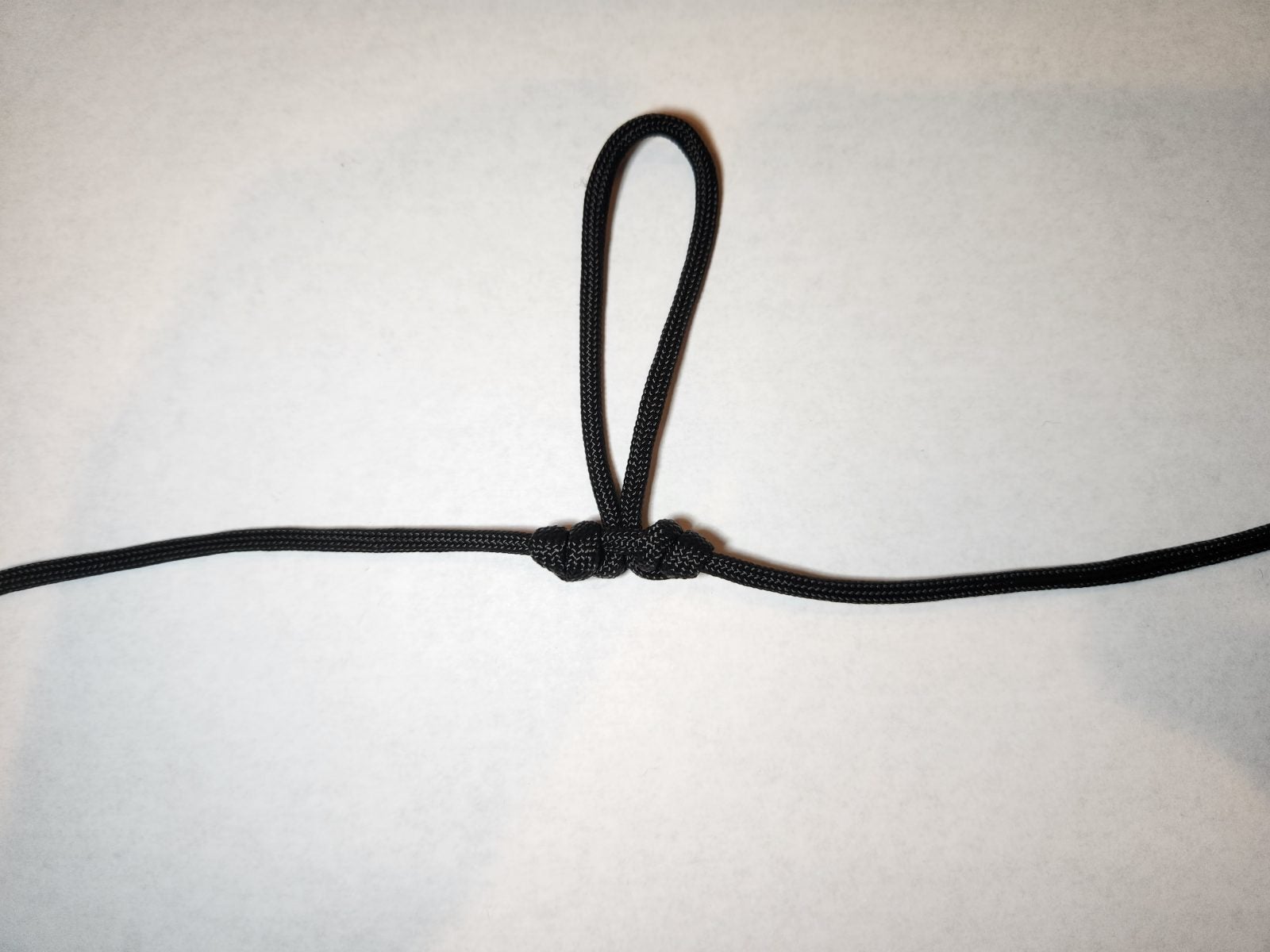https://laraveldaily.com/storage/140/Untitled-design-(60).png
Recently Taylor Otwell answered a few dozen of questions from the community, on a live YouTube AMA video hosted by Adeva. In this article, I’ve tried to summarize the most interesting ones.
I’ve picked 11 questions, adding a few relevant links for the context. But there are many more questions answered by Taylor, so I still advise you to watch the full 1-hour video.

Are there still pain points that you are trying to solve?
There are still pain points that we see, even 12 years later. Like, recently we released a new syntax for defining Mailable objects. I felt that pain point personally, I just didn’t enjoy how they looked or how they were structured.
And then, of course, we get around 8-10 pull requests every day, and those usually address some pain points.
Do you have some approach to get feedback from people? Some structured way?
Not really. Sometimes we just ask for feedback on Twitter, we also receive feedback on GitHub. Sometimes, when I work on a feature, I make a Pull Request and then post it on Twitter and ask for feedback.
We don’t have a board where you can vote or anything like that.
Is Laravel scalable?
I think so. I hope so 🙂
There are mainly two ways to scale Laravel projects: through load balancers, with help of Forge, or serverless with auto-scaling, with help of Vapor, using the Amazon ecosystem tools.
People use Laravel to run very high-scale applications, like Fathom Analytics with loads of traffic.
What’s the status of Beep? Will it ever get released?
For some context, it was a team productivity app I was building with Laravel, I teased it on Twitter with the intention to open-source it.
It was more of a fun project to try things out, but I just could never get it how I wanted.
I still want to try beep with the upcoming Livewire 3. I haven’t totally given up on Beep, so we’ll see about the release.
What feature of Laravel was the hardest to implement?
Definitely Eloquent. I’ve rewritten Eloquent probably 3 or 4 times. It’s a case when the first 80% of the feature are fast to code, and the last 20% are extremely hard and complicated.
Every time I get a pull request to Eloquent, I have to admit I’m a bit scared to go review it.
Why is Valet no longer featured in the version v9 docs?
I was working on the docs, and it felt like we had so many different ways to install laravel. So instead of saying “You can use Valet, or Homestead, or Docker, or Artisan Serve…”, I wanted to change it, because it felt very overwhelming for someone new.
I actually still use Valet, I love Valet, and Valet is still on the sidebar in the tools.
Would you consider bringing InertiaJS into the Laravel family?
Jonathan and I have been talking about it. I actually have rewritten all Inertia docs and sent it to Jonathan a few months ago, and it should be released with Inertia 1.0.
I think we will help to maintain it and work on it more, as Jonathan now works at Tailwind and doesn’t have that much time for Inertia, so we will adopt that project a bit more.
About Tailwind vs Bootstrap
We use Tailwind at Laravel, we don’t use Bootstrap at all, and we want to use the things that we use and like ourselves.
It has been a controversial decision to switch to Tailwind because people like Bootstrap components like “card” or “alert”. So we still continue to maintain Laravel UI package which still uses Bootstrap 5, and we will continue maintaining that.
I wouldn’t be opposed to the Laravel Breeze version in Bootstrap but I need help, I just wouldn’t know how to do it myself, I haven’t worked with Bootstrap for 4 or 5 years.
What excites you the most in the PHP world right now?
I’m excited that people experiment more with Swoole or Roadrunner alternatives, which we use in Laravel Octane.
For Laravel 10, we’re working on a project to add more type hints and return types to methods, that’s another thing I’m excited about in Laravel 10.
Do you think Laravel deserves a built-in Permission Manager?
Maybe. I know there are some packages built by other people, but maybe we could create an official package in the future.
That’s an interesting phenomenon: even if some package already exists and it’s good, people still want it to be written by Laravel. But it would be overwhelming to maintain 100 packages.
What are some of the best decisions you made that helped Laravel really hit off?
Being friends with Jeffrey Way and Dayle Rees 🙂 Actually, other people made Laravel take off maybe more than I did. They helped recruit people into the Laravel world.
That’s it for the summary, watch the full 1-hour video here.
Laravel News Links
